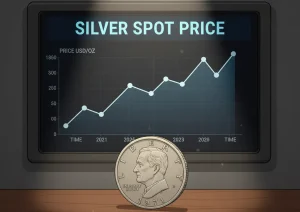The Origins of Currency and Early Forms
When Trade Needed a New Story
Picture this: ancient marketplaces buzzing with activity, traders haggling over cattle and sacks of grain. Back then, trade was a clunky dance called barter. A farmer might swap several chickens for a tailor’s cloak, but what if the tailor didn’t need chickens? This was where things got tricky—and humanity needed a better system. Enter the earliest forms of currency, humanity’s ingenious way of saying, “Let’s simplify this.”
First, we had commodity money—tangible items with inherent value:
- Shells, like the beautiful cowries, became prized in Africa and Asia.
- Precious metals like copper and silver were melted into crude shapes or tools for trading.
These early “currencies” were more than just objects; they represented trust and mutual understanding in communities.
How Objects Became Symbols of Value
Over time, some items carried more meaning than others. In Mesopotamia, barley was as good as gold. Meanwhile, Native Americans used strings of polished beads called wampum to keep records and seal agreements. These weren’t just tokens—they were symbols of relationships and shared stories.
Currency, it seems, began less as economics, more as connection. And isn’t that fascinating?
The Shift from Barter to Coinage
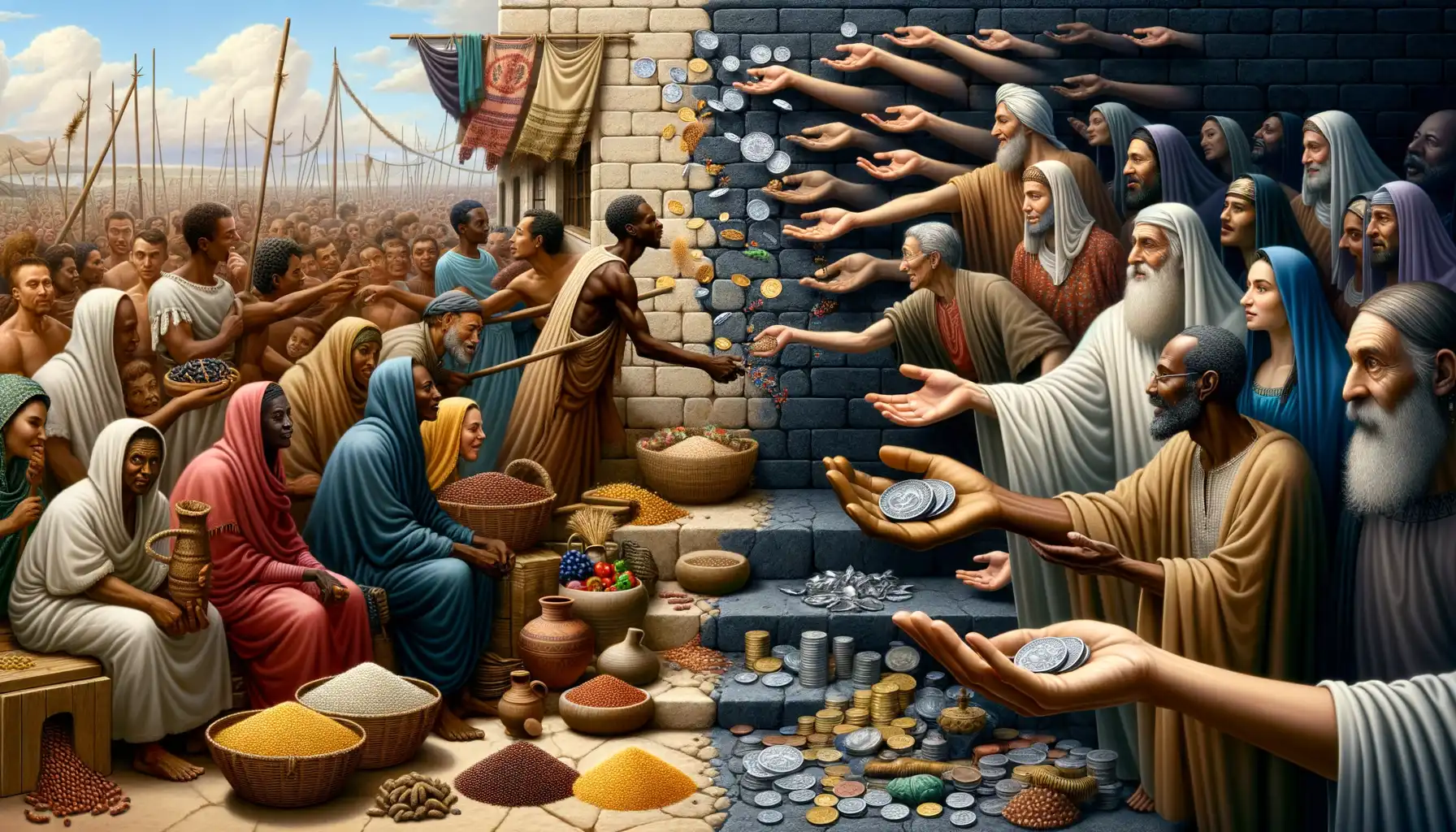
The Dawn of Coins: A Revolution in Trade
Imagine a bustling marketplace thousands of years ago. People bartered goods—your basket of apples for my bolt of fabric. It sounds simple, right? But what happens when I don’t need apples, or you think your fabric is worth more? Welcome to the chaos of early trade!
This clunky exchange system had its limits. Then came a revolutionary idea: standardized pieces of metal stamped with a mark of value. Enter coins, the MVPs of ancient commerce! With coins, trading became smoother than silk from China’s markets. No more arguing over whose goat was better or whether ten fish equaled one jug of oil.
Why Coins Changed Everything
Coins weren’t just shiny objects; they were game-changers:
- Uniform value: Everyone agreed on what they were worth.
- Portability: Easier to carry than sacks of grain or pottery.
- Durability: Metals like gold and silver stood the test of time.
With coins, the world felt connected for the first time. Whether you were a merchant in Phoenicia or a farmer in Mesopotamia, these tiny metal discs brought fairness—and quite frankly, freedom—to trade.
The Emergence of Paper Money
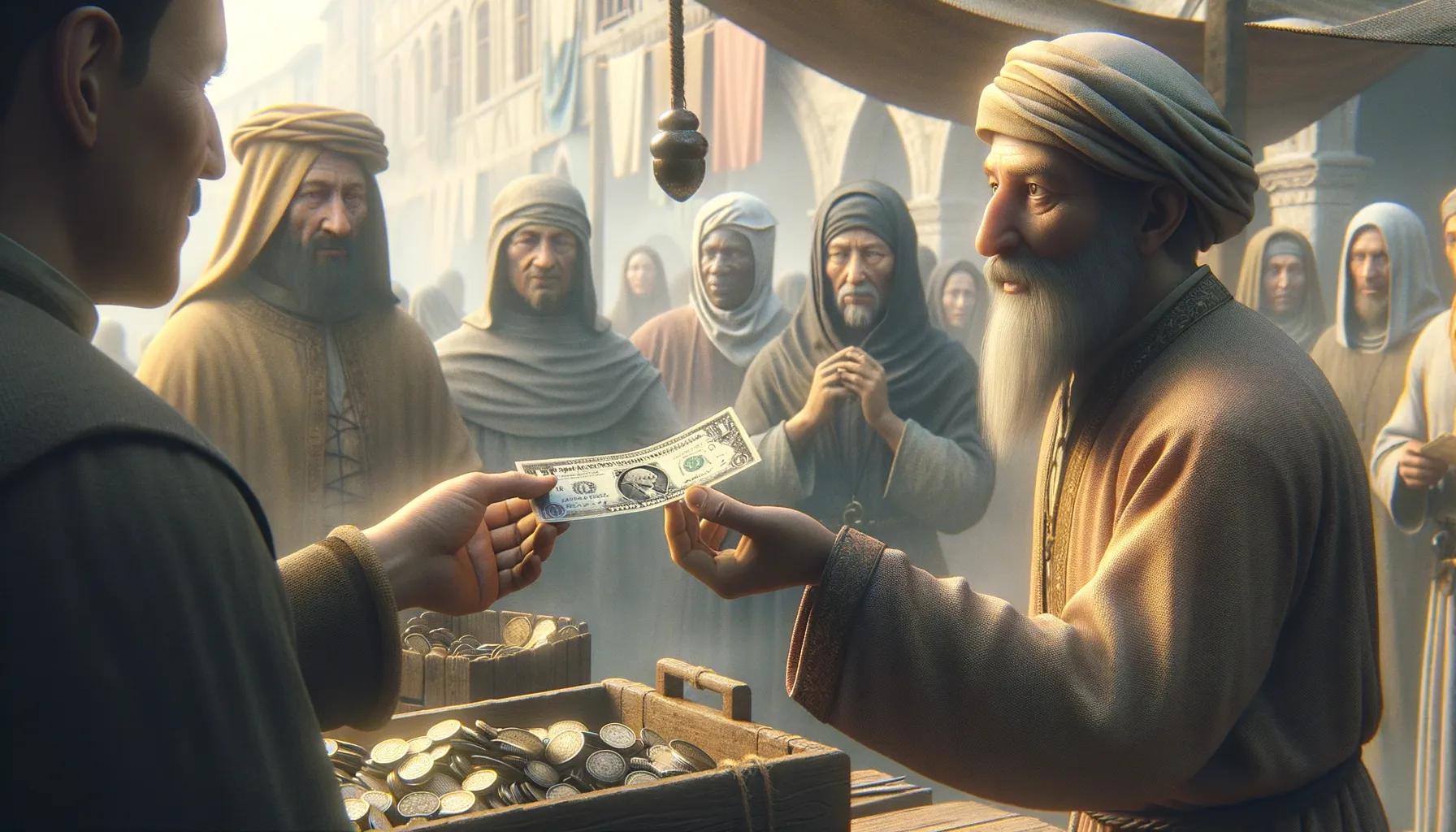
A Bold Leap Beyond Coins
When coins ruled the financial world, something audacious happened. Imagine traders in bustling markets weighed down by heavy bags of metal coins, clinking and jangling with every step. Then came a revolutionary idea: **paper money**. It wasn’t just lighter; it was nothing short of transformative.
The concept first took root in **China during the Tang Dynasty**, though it didn’t fully flourish until the Song Dynasty in the 11th century. Why? Practicality. Transporting mountains of coins across vast trade routes became an impossible headache. Paper notes, backed by deposits of precious metals, were the ingenious solution.
Think of it as a promise—each piece of paper stated, “I owe you.” Yet, to the skeptical eyes of early users, this innovation must have felt like magic. How could a simple slip of paper hold the same value as shiny, solid metal?
- It enabled merchants to carry substantial wealth securely.
- The speed of commerce accelerated like never before.
- Trade networks expanded far and wide, from Asia to Europe.
This daring shift didn’t come without challenges, but it redefined how humans perceived **value** forever. A feather-light paper note hinted at the future of currency—a boundless, ever-evolving story.
The Rise of Digital Payments and Cryptocurrency
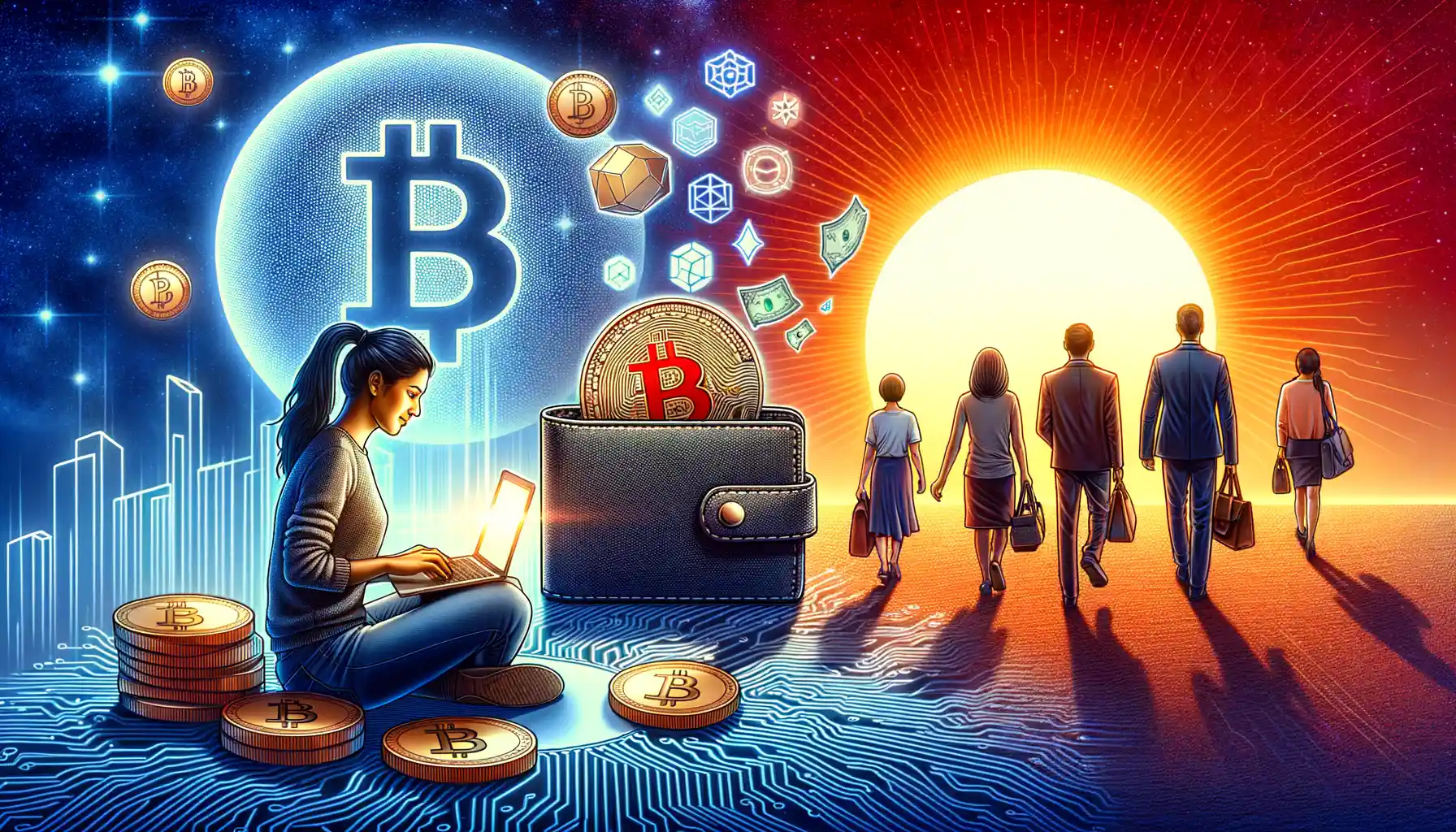
The Digital Revolution: A New Era of Money
Imagine this: you’re in a bustling café, your latte in hand, and instead of fumbling for coins or bills, you simply scan your phone. Transaction done in seconds—no change, no hassle. This is the world we now live in, driven by the meteoric rise of digital payments.
From mobile wallets like Apple Pay and Google Pay, to apps such as Venmo, digital payments have become second nature. They fit snugly into our lives, making everything—from splitting dinner tabs to buying groceries—a seamless experience. And let’s not forget, during the pandemic, they became the lifeline for businesses and customers alike.
But there’s more. Riding alongside digital payments is the curious, futuristic world of cryptocurrency, where money isn’t tangible but exists in the form of data on a decentralized network. Terms like Bitcoin, Ethereum, and blockchain are no longer reserved for tech enthusiasts—they’re creeping into mainstream conversations.
- Bitcoin became a buzzword when its value skyrocketed, turning early adopters into millionaires.
- Blockchain technology promises transparency and security that traditional systems can’t match.
Just think about it: currencies born out of algorithms rather than governments. It’s fascinating, isn’t it? We’re watching history unfold in real-time, as the very idea of “money” gets rewritten pixel by pixel.
Future Trends and the Role of Technology in Currency Evolution
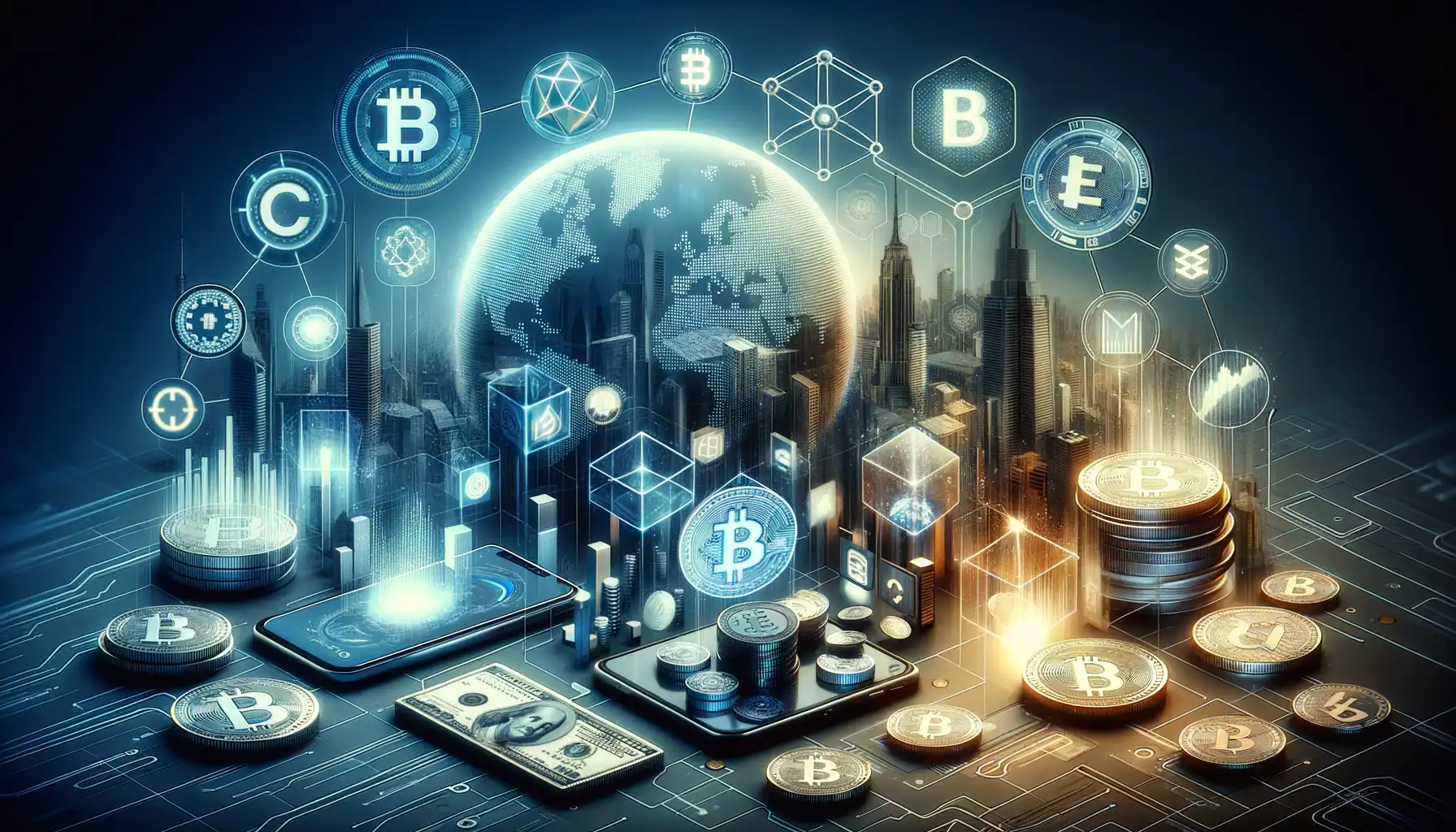
The Power of Blockchain and Decentralization
The winds of change are blowing strong in the financial world, and at the heart of it all is the revolutionary force of blockchain technology. Imagine a ledger that doesn’t just sit in a vault somewhere, but lives and breathes across millions of devices worldwide. That’s what blockchain brings to the table—a decentralized system where trust is baked into its very DNA.
Think about how tedious transferring money internationally used to be—bank fees, long waits, endless paperwork. The rise of technologies like Ethereum and Ripple has almost turned this process into sending an email! With its potential to eliminate middlemen, enhance transparency, and increase transaction speed, blockchain is shaping up to be the backbone of tomorrow’s economy.
Some key trends we can’t ignore:
- The growing adoption of central bank digital currencies (CBDCs), blending security with cutting-edge tech.
- Smart contracts that automate agreements without lawyers or intermediaries involved.
- Token-based economies where everything from art to real estate can be fractionally owned and sold.
Merging AI and Financial Innovation
Let’s paint a picture: an algorithm that knows your spending habits better than you do, predicting when you’ll need funds and investing them for you faster than a heartbeat. AI-powered finance isn’t sci-fi—it’s today’s reality knocking on our door.
For instance, machine learning systems already analyze market trends and optimize cryptocurrency investments. But what’s next? Personalized “money coaches” powered by AI could guide consumers toward smarter financial decisions. Imagine being nudged by an app that says, “Skip that coffee today, and you’ll reach your savings goal a week earlier.” Practical, right?
And let’s not forget digital wallets—with biometric verification and AI risk assessments, they’re poised to make transactions safer while adding a touch of futuristic flair. Embrace it or fear it, one thing’s crystal clear: technology isn’t just shaping currency evolution—it’s rewriting the entire playbook.

